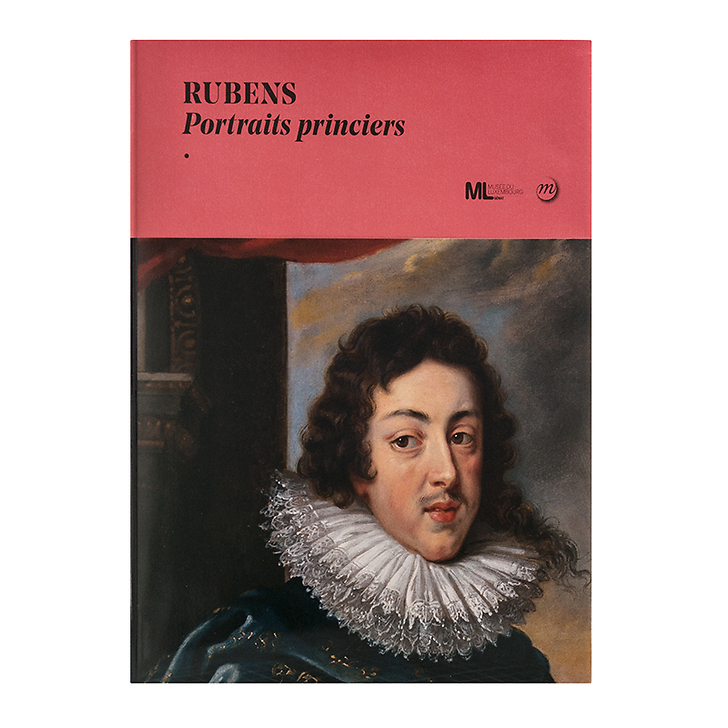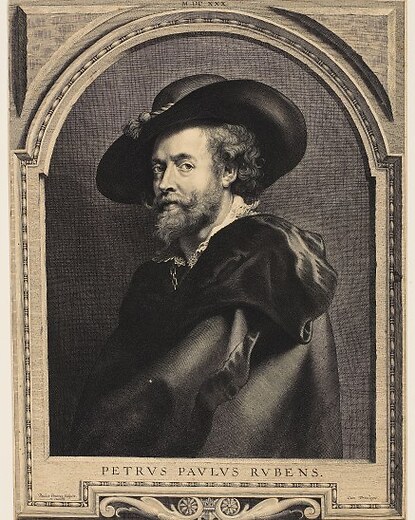Characteristics
- Number of pages
- 240
- Dimensions
- 22,2 × 28 × 2,1 cm
- Artist
- Petrus Paulus Rubens (1577-1640)
- Art movements
- 16th century, Dutch paintings, North Schools
- Number of illustrations
- 175
- Museum
- Musée du Luxembourg
- Themes
- Historical facts, Historical figures
- Reference
- EC406418
- EAN
- 9782711864188
- Size of the book
- Others
- Publication date
- Septembre 2017
- Diffusor
- EDITIONS FLAMMARION
- Distributor
- EDITIONS FLAMMARION
- Conservation museum
- Paris - Réunion des musées nationaux- Grand Palais
 Reviews
Reviews
Enlivre_moi
3/28/19
Catalogue de l'exposition qui avait eu lieu sur Rubens au musée du Luxembourg d'octobre 2017 à janvier 2018, ce beau-livre est un magnifique objet pour se rappeler cette merveilleuse exposition.
Le l...Read more...




